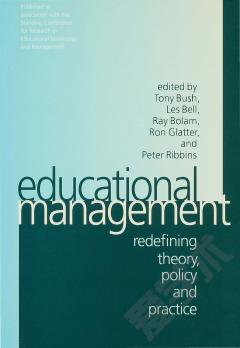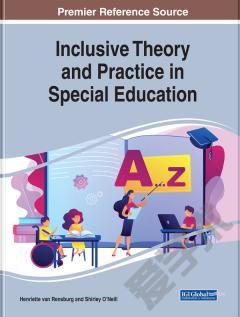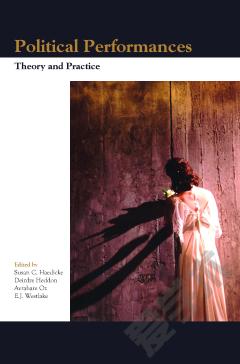Inclusive Education for the 21st Century —— Theory, policy and practice
----- 面向21世纪的全纳教育:理论,政策和实践
Placing a student on the autism spectrum in a busy classroom with a pair of noise-cancelling headphones and an aide to deal with the inevitable meltdowns is often done in the name of 'inclusion', but this is integration and not inclusive. How can teachers and schools create genuinely inclusive classrooms that meet the needs of every student?Research evidence indicates the strategies that make schools inclusive for students with disability benefit all students. Yet many schools are still operating under twentieth-century models that disadvantage students, especially those with disability. Inclusive Education for the 21st Century provides a rigorous overview of the foundational principles of inclusive education, and the barriers to access and participation. It explores evidence-based strategies to support diverse learners, including specific changes in curriculum, pedagogy and assessment practices, and the use of data. It addresses the needs of children with physical, sensory and intellectual disabilities, as well as those with complex learning profiles, including mental health issues.With chapters from leading experts from Australia and the UK, Inclusive Education for the 21st Century addresses common issues in both primary and secondary schools. Underpinned throughout by research evidence, it is designed to assist educators to develop the deep knowledge required to make inclusive education a reality in all schools.
{{comment.content}}








 京公网安备 11010802027623号
京公网安备 11010802027623号